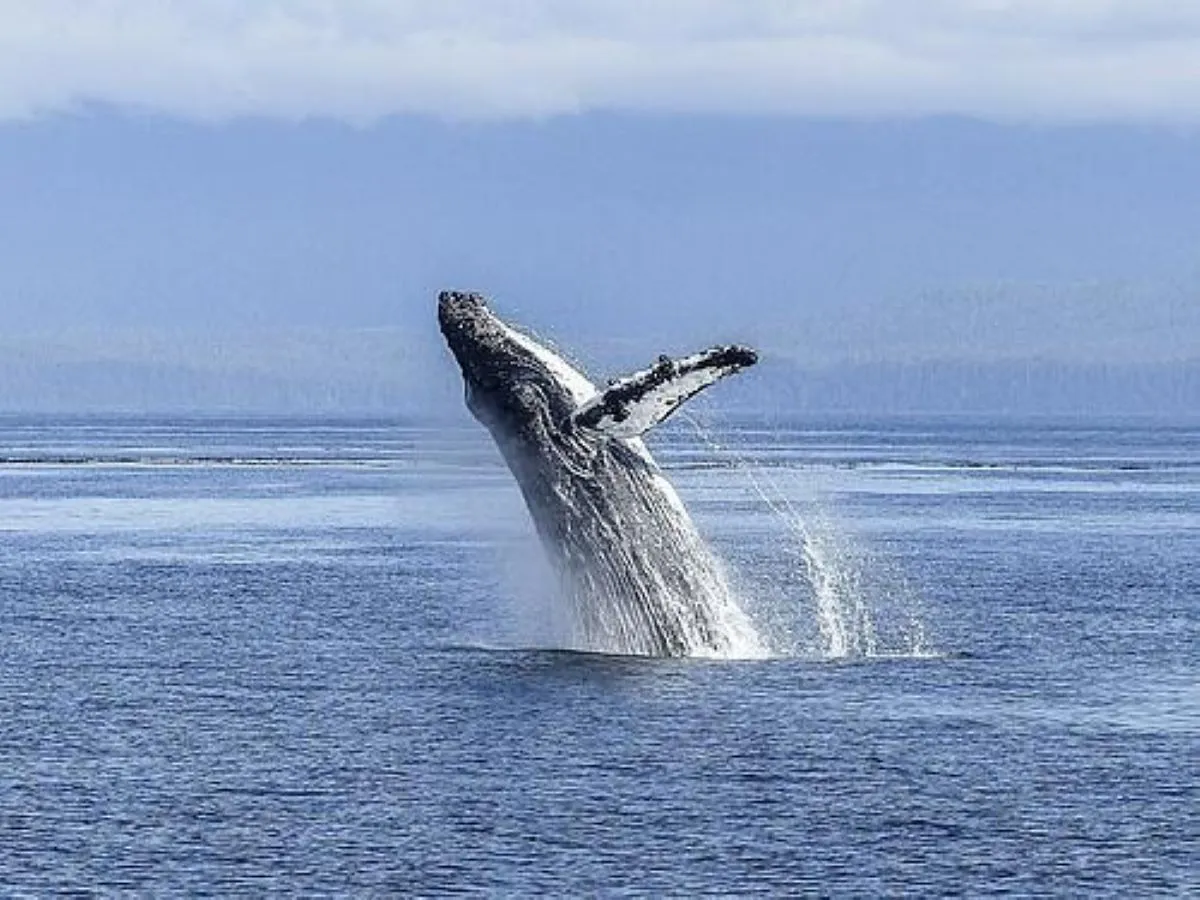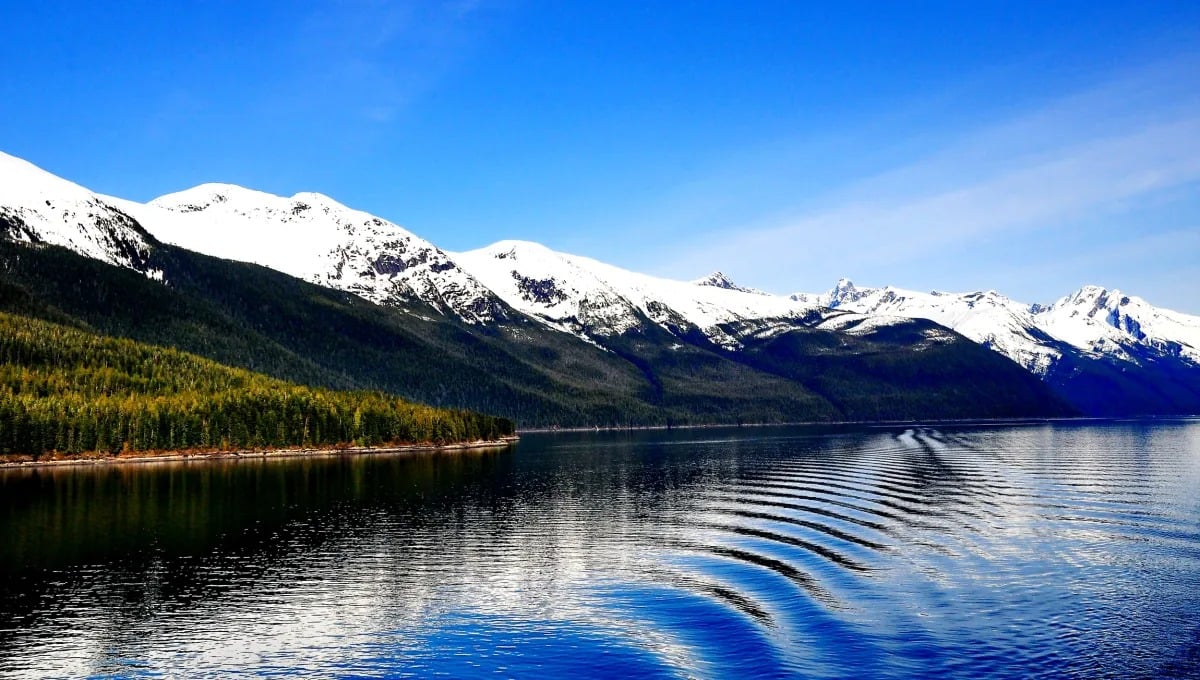
Alaska is known for its wildlife, a major draw for tourists and travelers who visit the state each year.
The vast land mass of Alaska is home to a variety of animals, including the “Big 5,” which includes bears, moose, caribou, Dall sheep, and wolves. In addition to these, it is famous for whales that migrate north each year, as well as numerous birds and other animals.
Whether it’s a popular port destination on a cruise, a famed national park, or somewhere a little more remote, there are tons of places to see wildlife throughout the year.
Here are some of the best places to see wildlife in Alaska.
Denali National Park
Alaska is filled with great national parks, and one of the foremost natural preserves is Denali National Park. Covering six million acres, it boasts North America’s tallest mountain – Denali, which is more than 20,000 feet in height. The park is a two-hour drive from Fairbanks and 5 hours from Anchorage; it is accessible by road and the Alaska railroad.
There is only one road in and out, and those who take their car can only access the first 15 miles of the entire 92-mile route that extends through the park; the rest can be done by bus. There are many ways to explore the park in search of wildlife, such as hiking, biking, fishing, and snowmobiling in the winter months. Sightseeing flights offer some of the most majestic views of the park.
Initially created to protect sheep, the park is teaming with wildlife, which can be viewed in a number of ways. Grizzly and black bears, wolves, caribou, moose, and Dall's sheep can be seen by lucky visitors. Other favorite residents include some smaller mammals such as arctic ground squirrels, red squirrels, foxes, and marmots. Also impressive are golden and bald eagles, as well as ravens, gulls, and ptarmigan.
Glacier Bay National Park
Not only is Glacier Bay known for its stunning view of glaciers, but it is also abundant with wildlife. West of Juneau, the 3.3 million acre preserve is set on a peninsula that is surrounded by water and ice fields. It is best seen by boat and can also be reached by plane to the nearby town Gustavus, with year-round service. The park is open all year long, but it is most enjoyed in the summer months.
One of the things that makes this location great is that wildlife changes seasonally. Summer, a popular time for many visitors, showcases one of Alaska’s stars, humpback whales, along with killer whales, seals, sea lions, and porpoises. In spring, guests often see mountain goats, black and brown bears, and plenty of birds, although the fall migration provides an excellent time for birdwatchers. Winter is a good time to see deer and moose.
Although boat tours are immensely popular, there are many other ways to enjoy the park, including hiking, kayaking, camping, and fishing.
Anchorage
For those who want a more accessible way to see wildlife, Anchorage is a good choice and convenient as a transportation hub and Alaska’s largest city. Ideal for families with kids or guests in search of more low-key activities to fill a day, Anchorage has a range of options to explore Alaskan wildlife.
Covering 25 acres, the Alaska Zoo is located in Anchorage and has tons of animals, including brown, black, and polar bears, goats, otters, moose, caribou, a variety of birds, coyotes, and muskox. Fifty species in all. It's easy to get to, with shuttles taking visitors from the downtown area.
Another popular attraction is the Alaska Wildlife Conservation Center. Located just outside Anchorage, the center sits on 200 acres of natural habitat. The center houses a variety of animals, including black and brown bears, moose, bald eagles, bison, wolves, muskox, elk, deer, and much more. Dedicated to protecting Alaska’s wildlife, it is a worthwhile cause and a top-rated activity among visitors. It features a 1.5-mile loop that can be accessed on foot, by bike, and by car, providing for several hours of exploration.
Kenai Fjords National Park
Kenai Fjords National Park is conveniently located just outside Seward and is easily accessible by car and train. It is also a popular spot for cruise ship guests, with a terminal located in Seward. A place where mountains meet the ocean and ice, it is described as a place where the ice age still lingers.
The park is sizeable at 670,000 acres. It comprises the Harding Icefield, glaciers, and lush forests. Thanks to its diverse terrain and rich ecosystems, it is considered one of the best places to see wildlife. Humpback whales are common sites, along with killer and grey whales, a wide variety of birds. Sea lions, seals, sea otters, and a variety of birds.
Kayaking is one of the best ways to get up close and personal with the natural life of the park, along with hiking, fishing, and boat tours.
Brooks Falls, Katmai National Park
For those who want something a little more remote or different, Brooks Falls offers a unique experience in a park that is home to some 2,200 bears. Located in Katmai National Park & Preserve on the northern Alaska Peninsula, it must be accessed by boat or plane. A common method is an air taxi flight from Anchorage. Although it is open year-round, it is best to go in summer/ early fall.
The highlight for many is a trip to Brooks Falls, a waterfall that crosses the river, creating a bottleneck for salmon and a feeding ground for bears. Guests can view this raw part of nature on any four of the viewing platforms, keeping both the bears and guests safe. Other activities in the park include hiking, boating, fishing, and camping.
Bears are so important to this area that they even host "Fat Bear Week," which is an annual celebration of the thriving local environment and the animals that live in it. The bear festivities include a number of events, such as this tournament-style bracket, where bears are pitted against each other for the fan vote for the fattest bear. During the rest of the year, fans can get real-life insight into the lives of bears with a number of bear cams.

